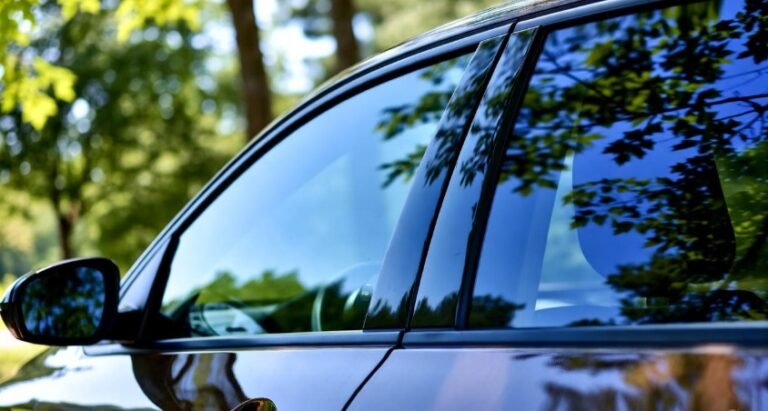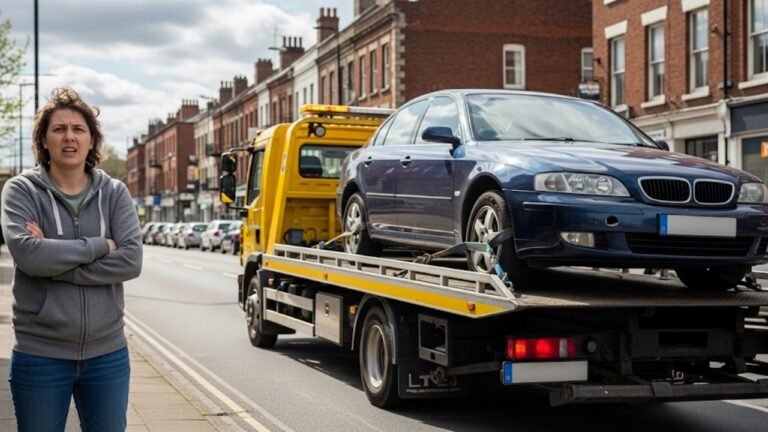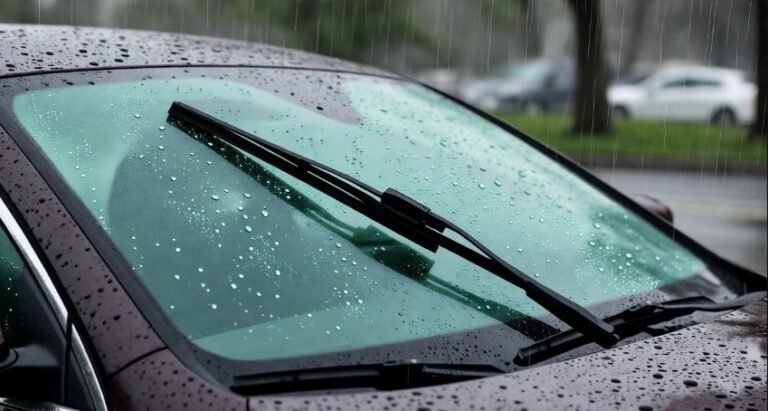Guide to Using a Frame for Car Towing: What You Need
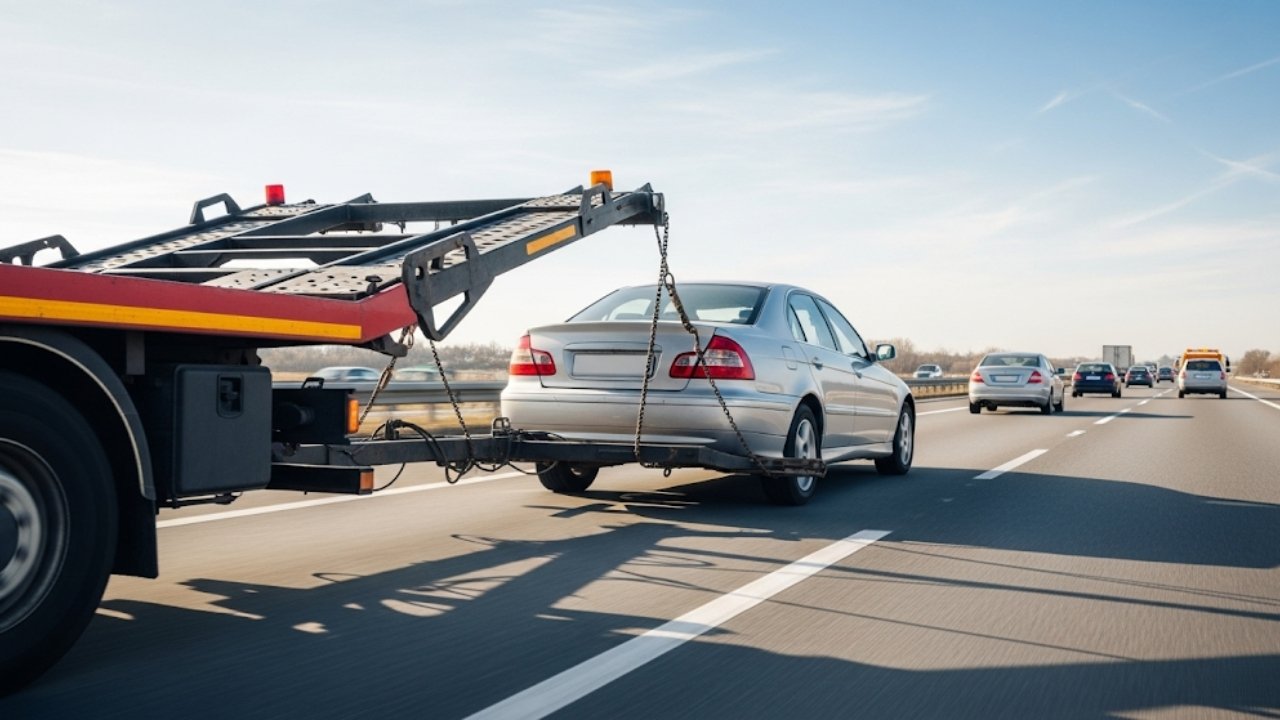
Ever had that moment where your car broke down in the middle of nowhere, and all you could think was, “How the heck am I going to get this home?” I’ve been there. Years ago, my little hatchback gave up on a deserted highway. I learned the hard way that not all towing methods are created equal. That’s when I first heard of a frame for car towing—and trust me, it changed everything.
Using the right frame isn’t just about convenience. It’s about safety, control, and peace of mind. In this article, I’ll walk you through everything you need to know about this essential towing tool. Whether you’re a first-timer or a seasoned traveler, you’ll find real advice you can trust.
In This Article
- 1 What is a Frame for Car Towing, and Why Does It Matter?
- 2 The Hidden Dangers of Towing Without the Right Frame
- 3 Types of A Frames for Car Towing: Choosing the Right One
- 4 When Should You Use a Frame for Car Towing?
- 5 A Real-Life Story: My First Time Using an A-Frame Tow Bar
- 6 How to Install a Frame for Car Towing (Without Losing Your Mind)
- 7 Maintenance Tips: Keep Your Towing Frame Road-Ready
- 8 Safety First: Legal and Practical Towing Guidelines
- 9 Common Mistakes to Avoid When Using a Towing Frame
- 10 FAQs About A Frame for Car Towing
- 11 Conclusion: A Frame for Car Towing is a Roadside Lifesaver
What is a Frame for Car Towing, and Why Does It Matter?
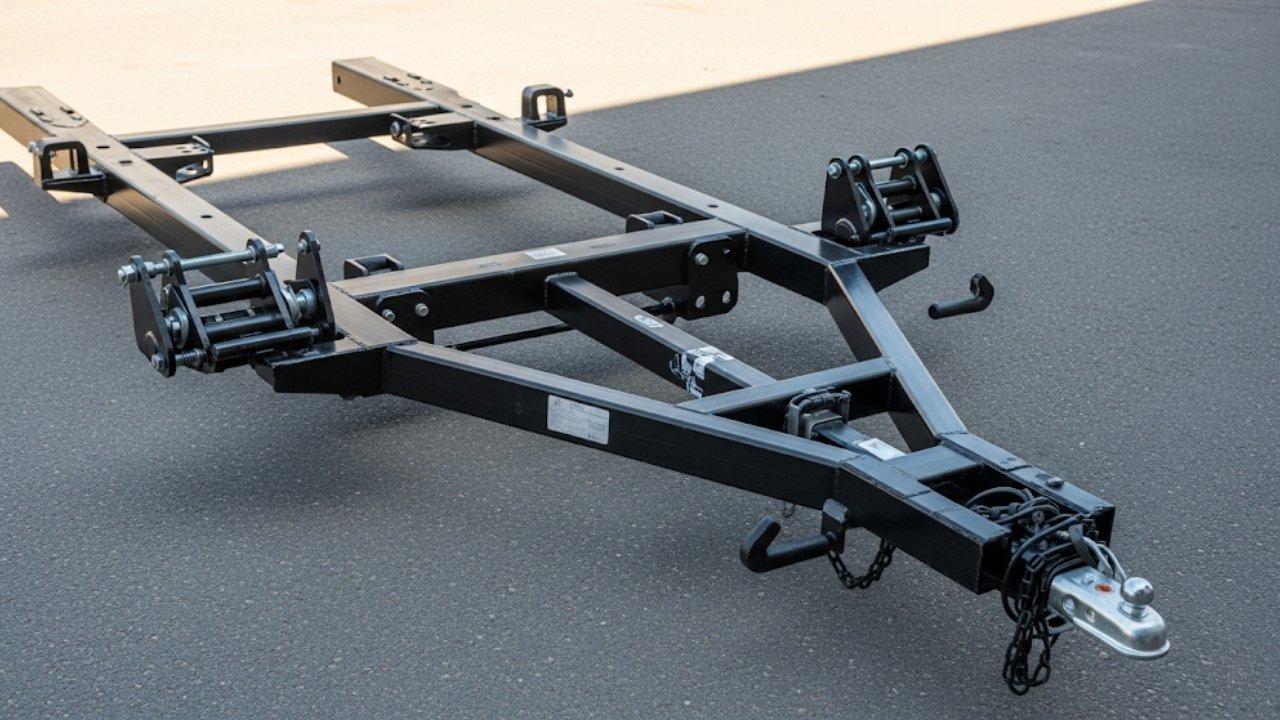
Now, you might ask—why not just use a rope or a dolly? Good question. While those methods may work in some cases, an A-frame is safer, more stable, and usually legal in more situations. It keeps the towed car aligned and reduces sway, which means less stress on your steering and better balance on the road.
The best part? Most A-frames are lightweight, foldable, and easy to store. So even if you’re not a pro mechanic, you’ll appreciate how simple it is to hook one up.
Here are a few core reasons this matters:
-
Prevents the towed car from veering off
-
Reduces wear and tear on your towing vehicle
-
Helps stay within legal towing limits
-
Ideal for long-distance travel with a second vehicle
If you’re serious about towing safely, you need to invest in a frame for car towing. It’s not a luxury—it’s a necessity.
The Hidden Dangers of Towing Without the Right Frame
Let me paint a picture. Imagine you’re towing a small sedan using a chain or rope. You’re on the highway, and traffic is moving fast. One wrong move—a swerve, sudden brake, or pothole—and your towed car becomes a runaway missile. Scary, right?
That’s the risk you take without a proper frame for car towing. Without a stable connection, the car behind you can fishtail, jackknife, or worse—detach altogether. This can lead to serious accidents, not just property damage.
Here’s what I learned when I did it the wrong way (yes, this is a true story):
-
My steering wheel locked mid-tow.
-
The tires wore unevenly from dragging.
-
The front bumper got scratched to bits.
-
I got pulled over and warned by highway patrol.
Towing without an A-frame is like hiking without boots. You can do it, but you’re just asking for trouble.
Bullet Points: Risks of Improper Towing
-
Loss of control at high speeds
-
Legal issues and fines
-
Increased wear on both vehicles
-
Unsafe for passengers and drivers nearby
-
Insurance may not cover accidents
Types of A Frames for Car Towing: Choosing the Right One
Not all towing frames are created equal. Depending on your vehicle type, budget, and towing frequency, there are several different options out there. Let’s break them down.
| Type | Best For | Pros | Cons |
|---|---|---|---|
| Fixed A-Frame | Occasional towers | Affordable, simple | Not adjustable |
| Adjustable A-Frame | Versatile setups | Fits multiple vehicle widths | Slightly heavier |
| Collapsible A-Frame | Space-saving travelers | Easy to store | May cost more upfront |
| Heavy-Duty A-Frame | Larger vehicles (SUVs, trucks) | Strong, reliable | Bulky and harder to manage |
Key Features to Look For:
-
Weight rating (must match your car’s weight)
-
Ease of attachment (quick-release pins are handy)
-
Material strength (steel > aluminum for durability)
-
Legal approval (DOT-certified is ideal)
If you’re towing a small car behind an RV, an adjustable or collapsible frame is usually your best bet. For heavier vehicles, look into reinforced steel A-frames with higher load ratings.
Pro Tip: Always check the tow bar’s weight rating and compatibility with your car model. A poor fit can do more harm than good.
When Should You Use a Frame for Car Towing?
Honestly, if you’re towing any car flat on its wheels, a frame should be your go-to choice. But let’s dive into the most common scenarios where it really shines.
Road Trips and RV Travel
Bringing a second car along on a cross-country adventure? You’ll want to use a frame for car towing. It lets you bring your daily driver without the hassle of a trailer.
Emergency Breakdowns
In case your car dies miles from a repair shop, having an A-frame handy can save on expensive tow truck bills. It gives you control, especially if you have access to a second vehicle.
Vehicle Relocation
Moving to a new home or transporting a car you just bought? Towing it yourself with a proper frame gives you flexibility without depending on auto transport services.
Budget DIY Projects
If you’re into restoring cars or flipping used vehicles, towing them yourself using a car towing frame can help save thousands.
Use Case Checklist:
-
✅ Towing behind an RV
-
✅ Emergency or roadside towing
-
✅ Car transport for relocation
-
✅ Salvage car recovery
-
✅ DIY car moving and repairs
A Real-Life Story: My First Time Using an A-Frame Tow Bar
Let me take you back a few years. I had just bought an old Mazda Miata at an auction. It was 200 miles away, didn’t run, and I couldn’t afford a flatbed truck. A friend of mine—Mark, a weekend mechanic—said, “Why not use a frame for car towing? I’ve got one.”
I had never heard of it. But within 20 minutes, he showed me how to hook it up, attach the safety chains, and check the lights. It was so straightforward, I felt like a pro.
The ride home? Smooth. No swaying. No worries. And no giant towing bill.
Since then, I’ve towed three more cars using that same method. If I can do it, trust me—you can too.
How to Install a Frame for Car Towing (Without Losing Your Mind)
Installing a frame for car towing might sound like a big job, but honestly, it’s simpler than setting up a camping tent. With just a few tools and a little patience, you’ll be road-ready in no time.
Here’s a step-by-step guide that worked wonders for me:
Step-by-Step Setup
-
Park both vehicles on level ground with plenty of space.
-
Align the towed car directly behind the towing vehicle.
-
Attach the A-frame to the base plate or tow hooks on your car. Most modern vehicles have a tow point underneath or near the bumper.
-
Secure the tow bar arms with locking pins. They should snap in easily and stay firm.
-
Connect safety chains. Cross them under the tongue so the frame won’t hit the ground if disconnected.
-
Plug in the lighting harness. This lets the towed vehicle’s brake and turn signals sync with your main car.
-
Double-check everything. Test the lights, tug the frame, and check the pins.
And just like that, you’re good to go. The first time might take a while, but it gets easier every time.
Maintenance Tips: Keep Your Towing Frame Road-Ready
Like any tool, a frame for car towing needs a little love to last. Skip maintenance, and you could find yourself with rusted bolts or a stiff tow arm that won’t budge when you need it.
Here’s how I keep mine in top shape:
Monthly Checks
-
Wipe down the frame after use—especially if it’s been exposed to rain or salt.
-
Lubricate moving parts like joints and locking pins.
-
Check for rust or corrosion and touch it up with spray paint.
Before Each Trip
-
Inspect safety chains and electrical connections.
-
Look for cracks or signs of metal fatigue.
-
Make sure all bolts and pins are tight.
Bonus Tip: Keep your frame in a dry place. Moisture is the enemy. I store mine on a wall hook in the garage—it takes up almost no space.
This little bit of upkeep goes a long way. My current car towing frame has lasted over five years and counting.
Safety First: Legal and Practical Towing Guidelines
Towing a vehicle isn’t just about hooking it up and hitting the road. There are legal requirements and safety rules you need to follow. Ignoring them could land you with fines—or worse, an accident.
Legal Requirements
-
Lighting and brake signals must work on the towed vehicle.
-
Safety chains are required in most states.
-
You may need a supplemental braking system for the towed car, especially if it’s over 750kg (roughly 1650 lbs).
-
Some vehicles are not legally flat-towable unless modified.
Safety Tips
-
Keep your speed below 60 mph when towing.
-
Make wider turns—your combo is longer now.
-
Leave extra space for braking.
-
Practice reversing beforehand. It’s tricky with a rigid frame.
Different countries and states have different rules, so always check local laws before hitting the highway.
Quick Legal Tip: In the U.S., most states require tow lights and working brakes for anything over 1,500 lbs. Make sure your setup meets those standards.
Common Mistakes to Avoid When Using a Towing Frame
We all learn by doing—but some mistakes can be expensive or dangerous. Here are a few I’ve made (and seen others make), so you don’t have to:
Mistake 1: Using the Wrong Size Frame
Each frame has a max weight limit. Don’t use a small frame for a heavy SUV. Always match the frame to the car’s curb weight.
Mistake 2: Forgetting the Parking Brake
Sounds obvious, right? You’d be surprised. I once left the handbrake on and shredded two tires before I realized it.
Mistake 3: Skipping a Safety Check
Always walk around your setup before driving off. I once forgot to plug in the lighting cable—other drivers had no idea when I was stopping.
Mistake 4: Towing in Bad Weather Without Extra Caution
Rain, snow, and high winds make towing more dangerous. Drive slower, and brake earlier.
FAQs About A Frame for Car Towing
Here are some common questions people have. If you’re wondering about any of these, you’re not alone!
Q1: Can I use a frame to tow any car?
No. Some cars, especially AWD or automatic transmissions, can’t be flat-towed without serious damage. Check your owner’s manual.
Q2: Is it legal to use a frame on highways?
Yes, in most places—but only if your lighting, brakes, and chains are in place and working.
Q3: Can I make my own towing frame?
Technically, yes—but I wouldn’t recommend it unless you’re an experienced welder. Store-bought frames are safer and DOT-approved.
Q4: How much does a good A-frame cost?
Anywhere from $150 to $500. Adjustable or heavy-duty models cost more.
Q5: What’s the difference between an A-frame and a tow dolly?
A dolly lifts the front wheels off the ground. An A-frame keeps all wheels on the road. A-frames are lighter and easier to store.
Conclusion: A Frame for Car Towing is a Roadside Lifesaver
There’s a kind of peace that comes from knowing you’re ready. Whether it’s a cross-country trip, a roadside breakdown, or a car rescue mission, having a frame for car towing gives you control and freedom.
I’ve used mine in some tough spots—bad weather, tight driveways, and even off-road. And every time, it’s held up strong. If you’re into road trips, car flips, or just being ready for the unexpected, I can’t recommend one enough.
Remember: Don’t wait for a breakdown to wish you had the right gear. Get your towing frame, learn how to use it, and give yourself the gift of confidence on the road.


